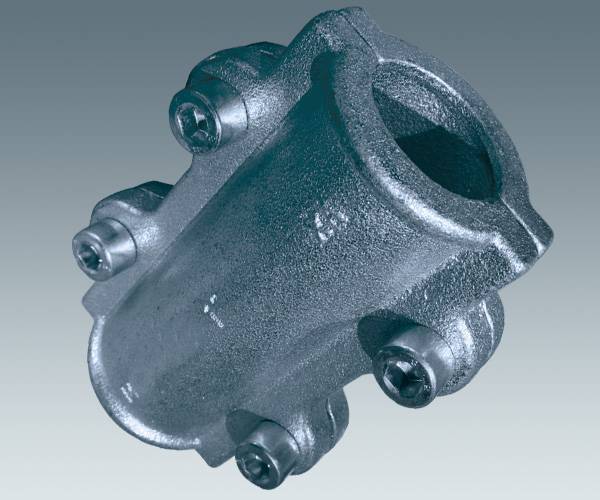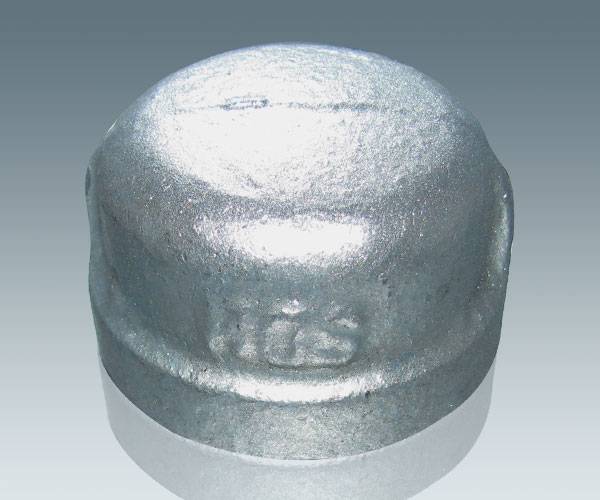No matter how well you care for your home, even new-builds will develop some problems eventually. For example, plumbing issues are a matter of "when," not "if." To prevent any plumbing catastrophes, Home Inspection Insider recommends having your home inspected by a professional plumber every two years. Regular inspections can help you protect your home and property, and they'll save you money on pricey repairs and damage in the future.
But what should you do if a leak suddenly springs up in your home? After all, some things like cold snaps and foundation decay are out of your control. In an exclusive interview with House Digest, Jake Romano, general manager at John the Plumber, revealed some of his tips for quickly fixing a leaky pipe. Romano clarifies that these suggestions are meant to buy you more time, and you should still call a plumber as soon as possible to assess the severity of the leak. Any decent plumber will make more long-lasting repairs, so Romano says he's "not a huge fan of anything but cutting out the damage and replacing it. However, these [repair techniques] can be suitable solutions in a pinch." Dual Pipe Clamp

Before you can do anything, you'll need to locate the source of the leak. This shouldn't be too hard if you can clearly see exposed pipes dripping under a cabinet, but Jake Romano warns that leaks aren't always as simple as they appear. He says, "mystery leaks are actually one of the most challenging plumbing issues. Water follows the path of least resistance and is very good at moving along surfaces. Sometimes, you'll find a puddle in one end of the house while the leak is actually at the other side." Mystery leaks make it very difficult to locate and diagnose problems like a foundation or ceiling leak.
Listen for the sound of dripping water and feel for moisture or heat in walls and floors. If you're still having trouble finding the source, Romano says, "there are some gadgets online that help with leak detection. However, the truth is you're going to get some holes in your walls, ceilings, or floors — unless the leak is in an unfinished basement." Once you've found the source of the leak, you can begin to look at possible solutions.
The method you use to approach temporary repairs depends greatly on what kind of pipes you're dealing with. Jake Romano explains, "If it's a drain pipe, then you might be able to fix it without replacing the pipe. It depends on if it's a drain pipe that will have water sitting in it or slowly moving through it... P-traps, for example, trap water in them." Determining the water pressure behind the pipe is crucial because some pipes can only be fixed with serious repairs. For something like a vertical stack or P-trap, Romano says, "A Band-Aid is probably an easy solution. But if it's a water supply pipe, these pipes contain water at high pressure. Band-Aids are a dangerous game to play."
In addition to your pipe's function, you'll need to consider its material, as not all materials are compatible, and some are extremely difficult to repair on your own. Polybutylene plastic pipes were common in homes built in the 1970s to late 1990s, and they are notorious for developing problems (via Modern Castle). Romano says, "If you have polybutylene plastic pipes, I'd recommend talking to a plumber. These pipes have been discontinued for a while, but they often have problems around the 20-year mark."
There are some things you can fix and replace yourself, but it's never a bad idea to call in the experts. Jake Romano explains that investing in an actual repair is often better than failing at a DIY. He cautions, "You never want to gamble with plumbing because water can cause incredibly expensive damage," and he's right. According to Home Guide, a small plumbing repair job can cost as much as $350, with more extensive damage costing $800 or more. Of course, this estimate doesn't include the cost of damage to other property like furniture, clothing, or food.
If you're truly in a pinch, Romano offers a few ways you can stop the leak without calling a plumber. However, he warns that "it's important to note that these are not forever solutions. These are temporary fixes until you have the time or money to properly fix the issue or have an expert do it for you." If you decide to follow through with one of these DIY repair methods, be sure to check the leaky pipe frequently and be aware of your repair method's general lifespan.
One of the easiest repair methods for minor leaks is epoxy putty, according to Jake Romano. "Pipe putty can be used to seal cracks or pinholes in plumbing." Before applying anything to your pipes, however, Romano says to examine the product carefully. "Make sure it can be used on water pipes," he says, "Some plumbing supplies are not safe for drinking water." Once you've gathered your supplies and determined that your putty is water-safe, Romano lays out these steps for repairing your leaky pipe with a plumber's putty:
Putty works by creating an airtight seal around the crack or pinhole, temporarily stopping the water from leaking through. In terms of the putty's durability and lifespan, Romano also says to look closely at the package's instructions. Putty brands and materials may vary, but reading the label should give you a general idea of how soon you'll need to actually call the plumber. According to Home Oomph, some plumber's putties can even last 10 years or more!
If you need a more durable solution than plumber's putty, repair clamps are another option worth exploring. Pipe clamps work by tightening the pipe and closing off or covering the leak, and they are relatively easy to install in a matter of minutes. There are several types of pipe clamps used in temporary repairs, including patch clamps, flange-type clamps, and pinhole clamps. Before getting started, make sure you purchase the right clamp style for your pipes. Jake Romano recommends looking in the plumbing section of your local hardware or building supply store. Once you've gathered your supplies, Romano gives these instructions for installing your clamps:
The lifespan of your clamp repair will depend on the severity of the leak and the material of the pipe and clamps. If properly installed, One Project Closer explains that clamps can be a near-permanent fix, often lasting as the rest of your plumbing system. However, if you experience frequent leaks, clamps won't save you from needing pipe replacements eventually.
Finally, Jake Romano recommends using slip couplings, sometimes called slip sockets or slip couplers. Slip couplings look like small pieces of pipe, and they are used to "couple" two pipes together. Romano explains that slip couplings are a better solution to leaky pipes than putty or clamps, and they can last a lifetime if properly installed. Romano gives these instructions for installing slip couplings on a leaky pipe:

Tee Clamp Pipe Slip couplings are a very reliable and durable solution to leaky pipes, but it's still best to call your plumber if you aren't confident in your ability to install them. The cost of hiring a plumber is often much cheaper than repairing extensive water damage.